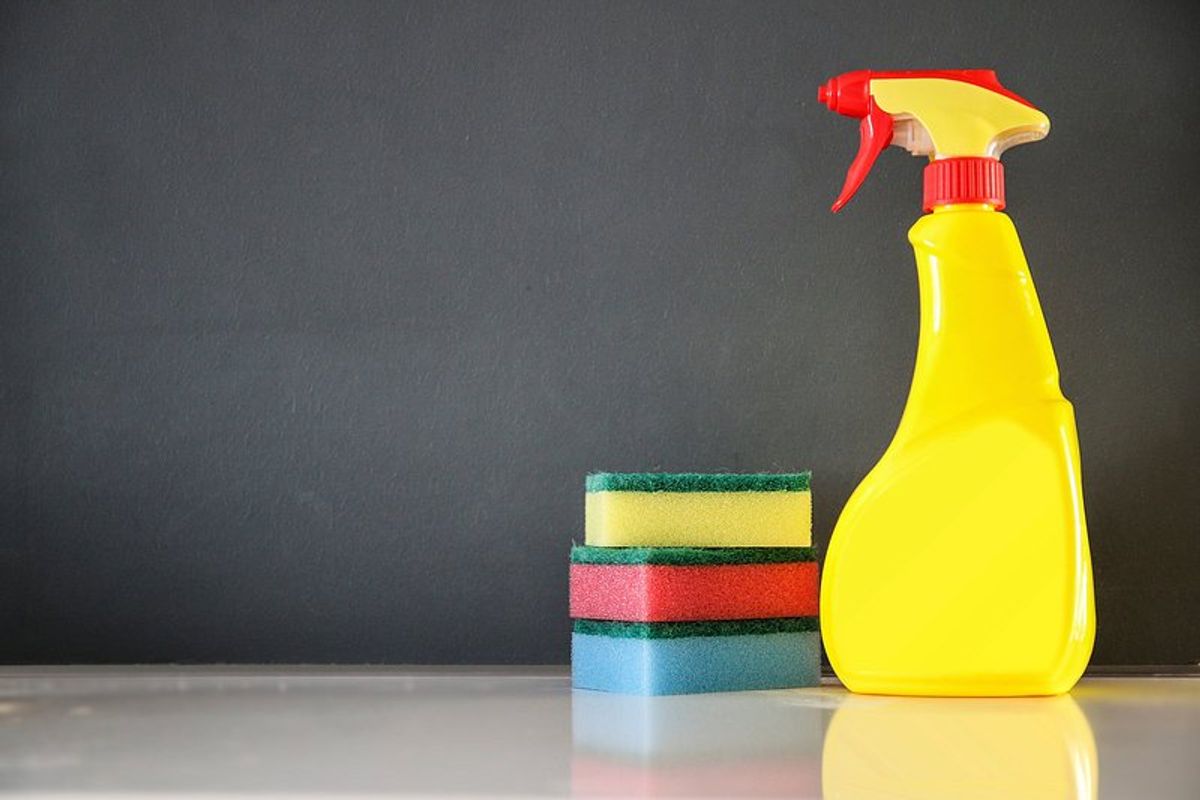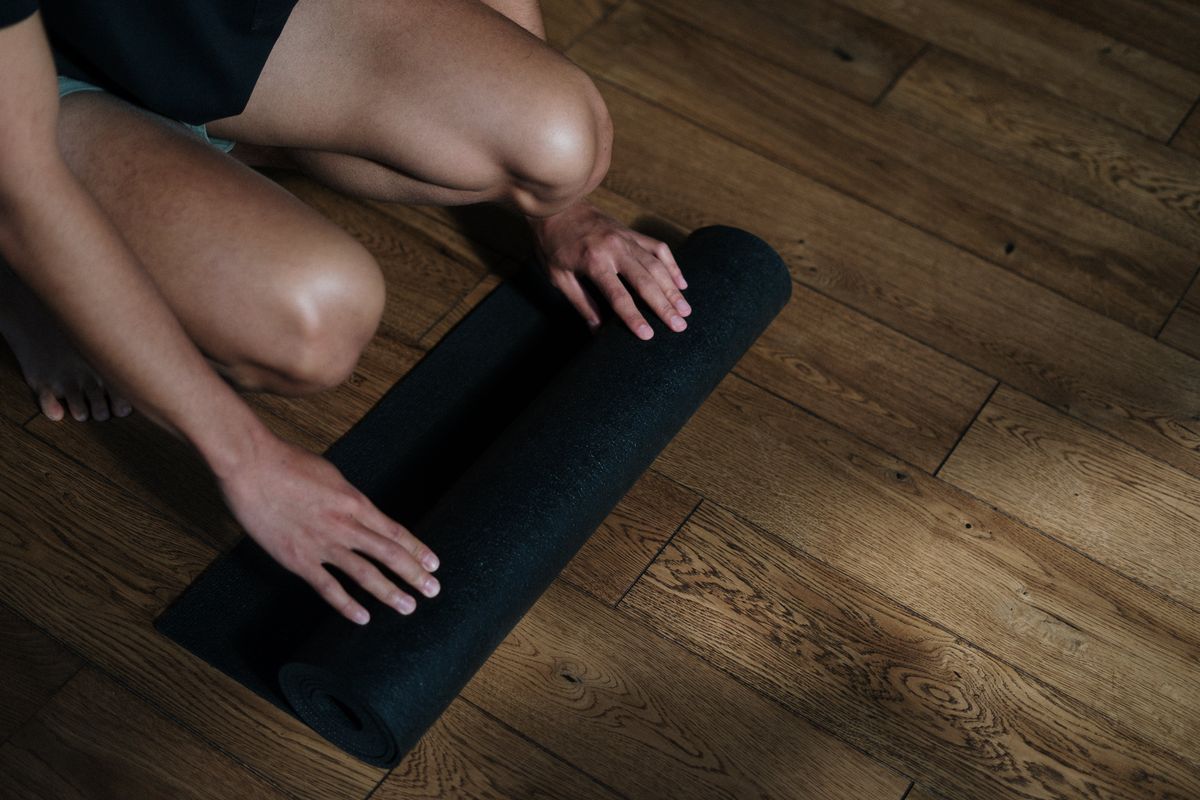
5 Proven Steps to Effectively Clean Your Yoga Mat
Maintaining the cleanliness of your yoga mat is vital for both your personal hygiene and the longevity of the mat itself. Over time, mats can accumulate sweat, oils, and dirt, which can lead to bacteria growth and unpleasant odors. Fortunately, with a few simple steps, you can keep your yoga mat fresh and sanitary. In this article, we'll explore 5 proven steps to effectively clean your yoga mat, ensuring a clean and safe surface for your yoga practice.
Key Takeaways
- Using a gentle cleanser is crucial to avoid damaging the material of your yoga mat while effectively removing dirt and sweat.
- A microfiber towel can be used to wipe down the mat after applying the cleanser, as it's soft, absorbent, and won't scratch the surface.
- Baking soda is a natural cleaning agent that can help in removing odors and providing a deep clean without harsh chemicals.
- Essential oils can be added to your cleaning solution for their natural antibacterial properties and to leave a pleasant scent on your mat.
- A spray bottle is a convenient tool for evenly distributing your homemade cleaning solution across the surface of the mat.
1. Gentle Cleanser
Keeping your yoga mat clean is essential for a hygienic practice. Start by selecting a gentle cleanser specifically designed for yoga mats or a mild, eco-friendly dish soap. Avoid using harsh chemicals that can degrade the material of your mat and potentially irritate your skin.
Ingredients to consider for your gentle cleansing solution might include:
- Purified water
- Mild dish soap
- Witch hazel (for its natural disinfecting properties)
Mix your ingredients in a small bowl or directly in a spray bottle, ensuring that the soap is thoroughly diluted to prevent any residue.
Remember, a little goes a long way. Use a soft cloth or sponge to wipe down your mat with the solution, then rinse with water to remove any soap suds. Allow your mat to air dry completely before rolling it up again.
2. Microfiber Towel
After applying your gentle cleanser, it's time to scrub the mat. A microfiber towel is an excellent tool for this task due to its soft texture and high absorbency. Unlike rough materials, a microfiber towel will not damage the surface of your yoga mat.
- Wet the microfiber towel with clean water.
- Gently wipe the mat in a circular motion to remove dirt and sweat.
- Rinse the towel as needed and continue until the entire mat is clean.
Remember, the goal is to clean your mat without soaking it. Excess water can seep into the mat and create a breeding ground for bacteria.
Once you've thoroughly scrubbed your mat, make sure to hang it up to dry completely before rolling it up again. This will help prevent any musty odors or mildew from forming.
3. Baking Soda
Baking soda isn't just a kitchen staple, it's also a powerful ally in maintaining the cleanliness of your yoga mat. Sprinkle a generous amount of baking soda over the surface of your mat and let it sit for a few minutes. This natural abrasive works wonders in lifting stains and eliminating odors without damaging the mat's material.
To enhance the cleaning power, you can create a simple paste:
- Mix equal parts baking soda and water
- Apply the paste to any stubborn stains
- Gently scrub with a soft brush or cloth
- Rinse thoroughly with water
For a refreshing scent and additional cleaning properties, consider adding a few drops of lemon juice to the mixture. The lemon juice acts as a gentle bleach and infuses your mat with a refreshing citrus scent.
Remember, regular maintenance with baking soda can prolong the life of your yoga mat and provide a more pleasant practice environment.
4. Essential Oils
Adding essential oils to your yoga mat cleaning routine can not only help in sanitizing the mat but also enhance your yoga experience with therapeutic aromas. Choose oils that are known for their antibacterial properties, such as tea tree, lavender, or eucalyptus. Here's a simple way to incorporate them:
- Begin by selecting your preferred essential oils.
- Add a few drops to your cleaning solution or directly onto your mat.
- Gently wipe the mat with the solution, ensuring even coverage.
Remember, a little goes a long way with essential oils. Use sparingly to avoid overwhelming scents and potential mat degradation.
For those interested in a ready-made solution, consider the DIY Yoga Mat Spray from My Moonstone Kitchen. It's a natural and effective option that combines witch hazel, distilled water, and a calming blend of essential oils.
5. Spray Bottle
Having the right tools is essential for maintaining the cleanliness of your yoga mat, and a spray bottle is a must-have for any yogi. Fill your spray bottle with a homemade cleaning solution to keep your mat fresh and hygienic.
To create your cleaning mixture, follow these simple steps:
- First things first: make the cleaning solution that will go inside your spray bottle.
- Combine two parts water with one part vinegar.
- Shake the bottle to mix the ingredients thoroughly.
This solution is not only effective but also eco-friendly and gentle on your yoga mat.
Remember to label your spray bottle clearly, so you know it contains your yoga mat cleaner. Regular use after each session will help extend the life of your mat and provide a clean surface for your practice.
Discover the ultimate yoga experience with our versatile Spray Bottle, perfect for keeping your practice fresh and invigorating. Ideal for hydrating your yoga towel or adding a fine mist to your surroundings, our Spray Bottle is a must-have accessory for any yogi. Don't miss out on this essential tool for a more comfortable and focused session. Visit Yune Yoga today and elevate your practice with our top-quality yoga products!
Conclusion
Maintaining a clean yoga mat is essential for a hygienic practice and to extend the life of your mat. By following the five proven steps outlined in this article, you can ensure that your mat remains a safe and comfortable space for your yoga sessions. Remember to clean your mat regularly, use appropriate cleaning solutions, and allow it to dry completely before rolling it up. With these practices in place, you can focus on your yoga journey with peace of mind, knowing that your mat is as ready for your next session as you are.
Frequently Asked Questions
Can I use any type of cleanser on my yoga mat?
It's best to use a gentle cleanser specifically designed for yoga mats to avoid damaging the material. Harsh chemicals can deteriorate the mat's surface.
How often should I clean my yoga mat?
It's recommended to give your yoga mat a quick clean after each use and a deeper clean once a month or more frequently if you practice regularly.
Is it safe to use baking soda on all yoga mats?
Baking soda is generally safe for most yoga mats, but it's a good idea to spot-test a small area first to ensure it doesn't cause discoloration or damage.
What type of microfiber towel should I use to clean my yoga mat?
Use a soft, lint-free microfiber towel to gently wipe down your yoga mat without leaving residue or causing abrasion.
Can essential oils be used to clean and deodorize yoga mats?
Yes, essential oils like tea tree or lavender can be added to your cleaning solution for their natural antibacterial properties and pleasant scent. However, use them sparingly to avoid making your mat slippery.
Why is a spray bottle recommended for cleaning yoga mats?
A spray bottle allows you to evenly distribute your cleaning solution across the mat's surface without oversaturating it, which can help prevent damage and ensure a quicker drying time.

